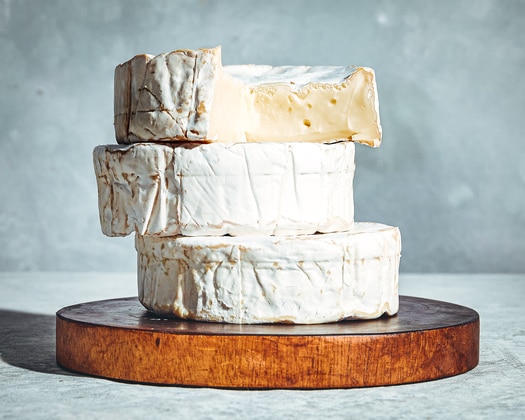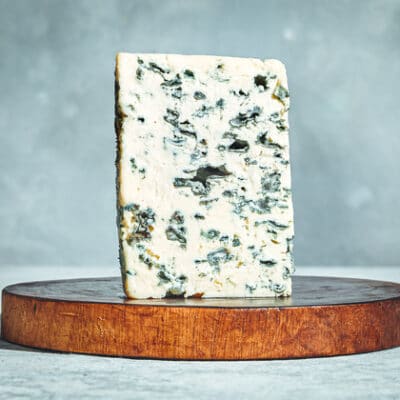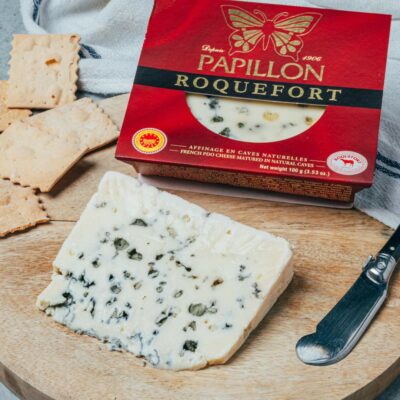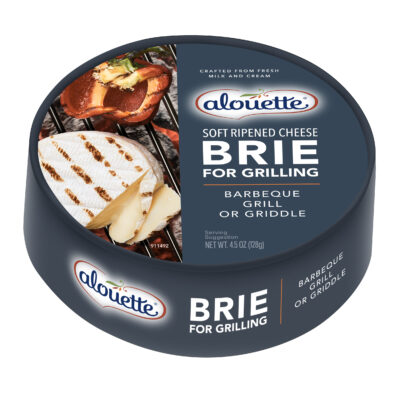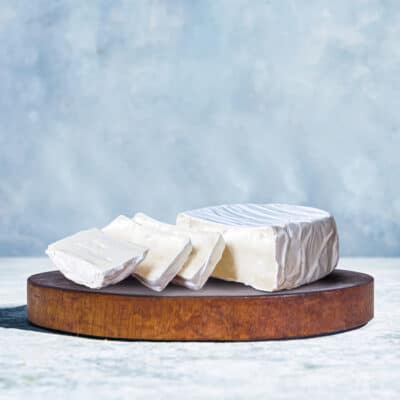
How to tell if your cheese has gone bad?
How to tell if your cheese has gone bad?
Cheese is a wonderful piece of food, both on its own and in a dish. It’s an ever-changing ingredient that will keep maturing after you buy it. However, it’s still a perishable food, and it can often be hard to distinguish what is proper maturing and what are the signs of a cheese gone bad.
There are three ways to recognize if a cheese has gone bad:
- The abnormal presence of mold
- A change of color
- A reasonable guess as to how old your cheese is and how long you can keep it
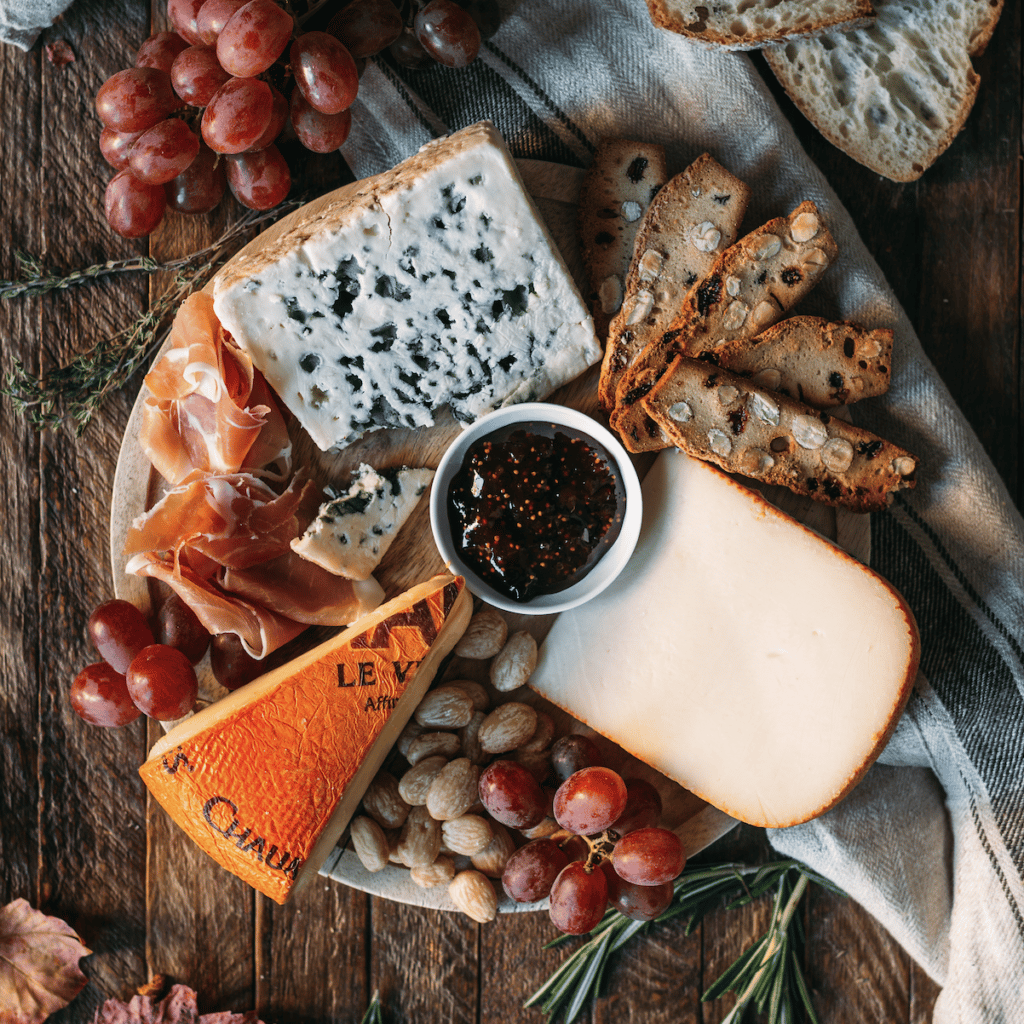
Does mold on cheese mean that it has gone bad?
Mold is well known to appear on cheese, and we need to distinguish between two cases – voluntary mold and involuntary mold.
Most blue cheeses and flowery-rind cheeses are impregnated with Penicillium, which is a type of controlled mold. It is normal to find mold inside a blue cheese and on the rinds of camembert and brie. There are, however, some cases where mold other than Penicillium develops on cheese. This mold will have a different color to the rest of your cheese mold. If you spot mold that shouldn’t be there on a soft cheese, we recommend you throw the whole cheese away.
If you find mold on a hard cheese that hasn’t spread to the entire cheese, you can just cut out the mold and the area surrounding it. Check carefully that there’s no mold on the rest of the cheese before eating it.
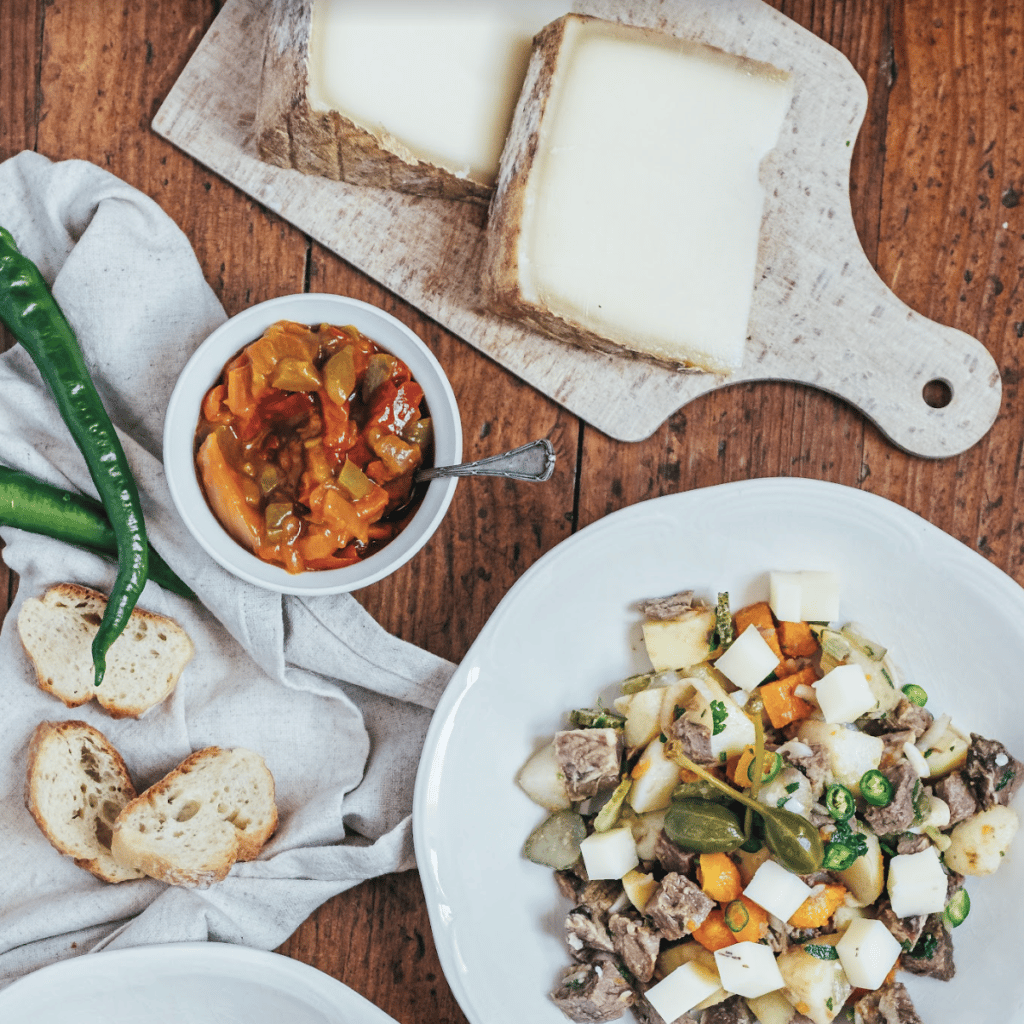
Beware of any change of color
When maturing, cheese changes texture. However, a change of color indicates that something has changed in the milk. If your cheese starts to smell like rancid milk, don’t take any chances: throw it away.
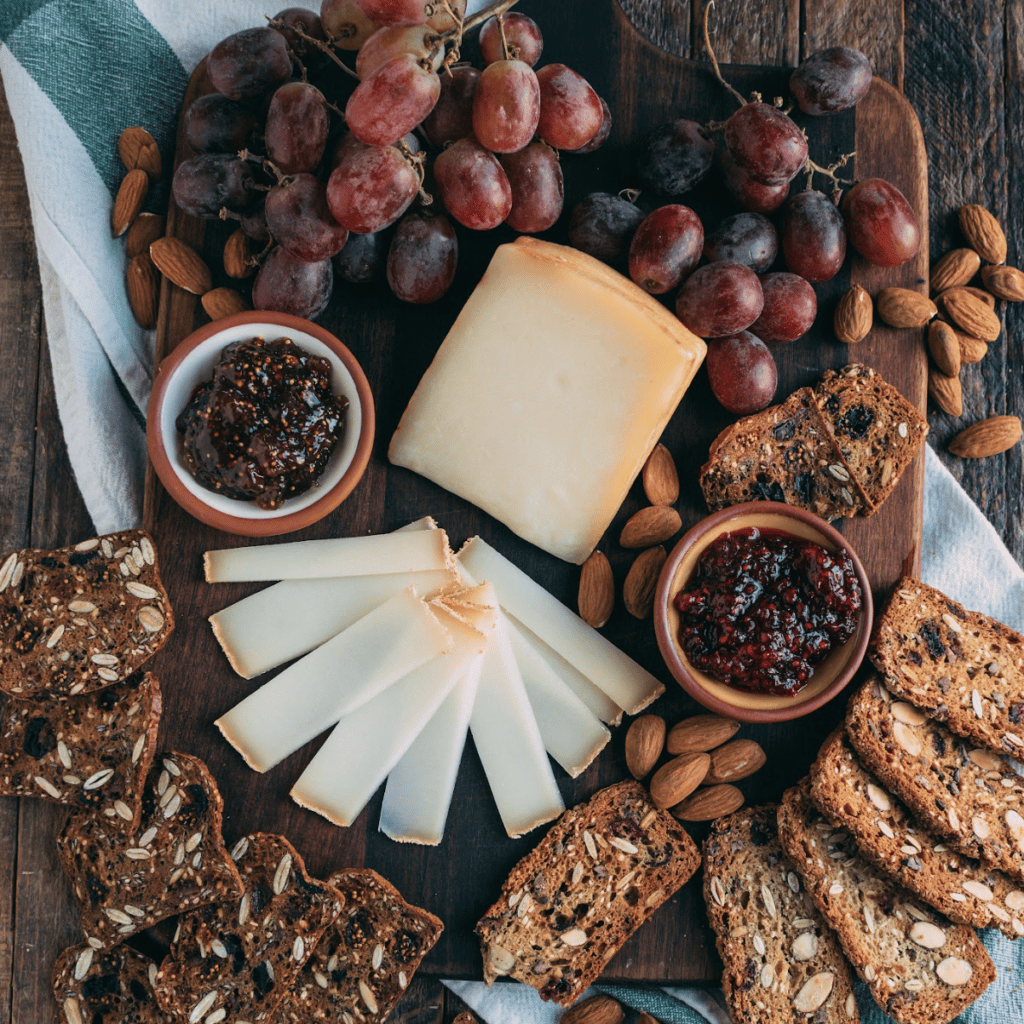
How long can you keep your cheese?
Your delicious cheese won’t last forever. While hard cheese can be kept in your fridge for six to eight weeks, most soft cheeses need to be eaten in the two weeks after buying them. We don’t recommend freezing your cheese, except for some specific recipes, such as deep-fried cheese.
Mold develops more easily in a damp environment, which is why moister, softer cheeses can’t be kept as long as their hard cousins. To conserve your cheese for as long as possible, keep it in a dry place, for example under a glass bell.





